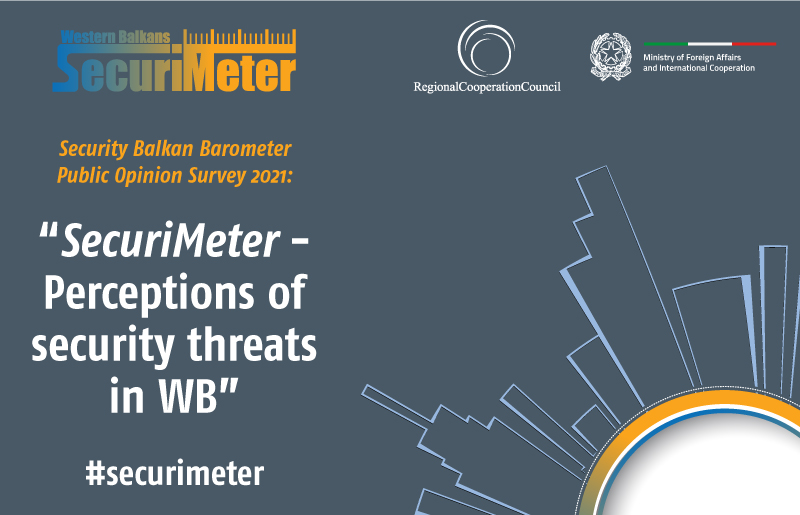- Home/
- News
How the Internet Enabled Jihadist Activism
Our understanding of how the internet has stoked terrorist activism is conditioned by an important bias: the assumption that the internet possesses a series of traits that intrinsically lends itself to achieving the goals of terrorist groups. Such an assumption makes the unconscious mistake of studying the internet in its current from and applying findings to past and future contexts. In fact, since its inception the internet has constantly mutated due to various technological innovations and the manner in which society adopted them. Far from being a gradual evolution, the transformation has unfolded in abrupt shifts. It is also important to note that there are a number of different communication tools that have been grouped together under the internet banner.
Recent studies into the historical evolution of online radicalization address different generations,[1] but fail to take into account the drastically different types of internet these radicals were using. The internet of the past few decades lacked speed, ease of use, connectivity and personalization, which is an integral part of present-day social media. These functions, which are now considered to be basic features, are quite new.
Different internet configurations produce different types of mobilization in radicalized individuals. The choice of an individual to take part in online terrorist activities has less to do with his/her progression from cognitive radicalization to active involvement, and more so to do with the barriers he/she has to overcome in order to take part in online terrorist activity.
The Islamic State Effect
The notable increase in international jihadist activism has often been explained by the direct participation of Islamic State in such activities via its own militants and, more importantly, through skilful propaganda which encouraged a sizeable sector of the radicalized population to engage in horizontal activism.[2] According to this theory, the propaganda hyperactivity of Islamic State allowed radicals to choose between several different options to demonstrate their commitment.
The internet was one of the most attractive options because its accessibility allowed individuals to contribute to the jihadist fight when they are unable to access preferred alternatives (such as taking part in armed conflict) or if they do not wish to bear the personal costs of participation in violent actions or other actions entailing a high risk or personal cost. In this regard, jihadist discourse has sought to encourage such activities by extolling the usefulness and dignity of the “media mujahideen”.[3] This would appear to explain the following correlation: when Islamic State has been a strong and communicative actor, online mobilization has increased; conversely, when its capabilities have declined and the frequency and quality of its messages have also declined, online mobilization has diminished.
The importance of the “Islamic State effect” should not be overlooked in seeking to understand the dynamics of jihadist mobilization in Europe. If the data is broken down according to the barriers to terrorist activism on the internet, a different picture emerges that requires further explanation. In fact, we can speak of two types of jihadist activism on the internet, each with different dynamics.
Hard Activism vs. Soft Activism
“Hard” activism practised by individuals who want to prove their commitment to terrorism online shoulder a high cost in terms of time, effort and dedication. These activities on platforms with high barriers to entry are generally carried out by individuals with previous hierarchical ties to formal organizations or whose prior track record in the subculture of jihadist militancy enabled them to join various radical online communities based on trust and credibility. This form of “hard” jihadist activism is rare to find in the West. Moreover, this type of activism is not affected by the “Islamic State effect.” No increase in the number of “hard” activists was seen during the peak years of the organization. The number of individuals opting for this form of activism remained stable both before and after IS peak years.
The majority of radicals opt for “soft” activism which is channelled via “friendly platforms”. In this category, most of those arrested lack hierarchical ties to formal organizations. They are men and women who have decided to demonstrate their commitment to the jihadist cause through their own initiatives such as the spread the jihadist propaganda online. This low-intensity commitment is facilitated by the design of platforms and services, which make propaganda activities swift, simple and compatible with work and family commitments.
It could be argued that the “Islamic State effect” is largely responsible for online mobilization of said individuals. However, it is important to note that the cycle of online activism expansion corresponds with the penetration and use of the main social online networks in Europe. The bulk of activists who used “friendly” platforms did not do so because they were following a specific terrorist directive ordering them to “invade” online social networks. They were already on social networking platforms and only realigned their messaging.
In tandem with the process of jihadist radicalization of these individuals, their social media profiles changed. Content relating to trivial and personal matters was replaced by content focusing primarily on conflicts involving Muslims and always from the perspective of terrorist organizations. Radicalized internet users purged their network of contacts, removing friends and family who they now viewed as enemies or sinful influences and replacing them with new contacts who shared their same world vision of the jihadist struggle.
Social Media Crackdown
Using barriers of entry to terrorist online activism as an explanatory variable gives us an additional perspective that helps explain the marked decline in online activism in the past few years. After years of major social networks showing lukewarm commitment to, or negligible effectiveness in, taking down and preventing terrorist content on their platforms, they have now adopted a much more proactive attitude.[4] In late 2017, these networks began to seriously crack down on hate speech online and even took some content down.
Online space which, just years earlier, allowed radicals to spread propaganda and expand their audiences, has now become a hostile place. For the first time, jihadists faced difficulty in entering online spaces. As a result, jihadist propaganda began to focus on the importance of preserving their messaging on Facebook, Twitter and YouTube.
While other less restrictive content-sharing sites exist, they tend to be used by those who are already radicalized. Without access to main social networks with massive Muslim membership, these users will remain marginal.
Conclusion
Jihadist online activism only peaked when “friendly” platforms made “online jihad” an accessible and effortless activity. The crackdown of major social media platforms on radical speech has dissuaded many individuals from engaging in online radicalization. Many have neither the skills, nor the time or resources, to spread radical propaganda without the ease of the internet, which allows them to simply reshare the same radical content they consume with the simple click of a button.
Author: Manuel R. Torres-Soriano
___________________________________________
References
[1] Winter, Charlie; Neumann, Peter; Meleagrou-Hitchens, Alexander; Ranstorp,Magnus; Vidino, Lorenzo and Fürst, Johanna. 2019. “Online Extremism: Research Trends in Internet Activism, Radicalization, and Counter-Strategies”. International Journal of Conflict and Violence 14(2): 1-20. https://www.ijcv.org/index.php/ijcv/article/view/3809/3868
[2] Nesser, Peter; Stenersen, Anne and Emilie Oftedal, Emilie. 2016.”Jihadi Terrorism in Europe: The IS-effect”, Perspectives on Terrorism 10 (6): 3-24. http://www.terrorismanalysts.com/pt/index.php/pot/article/view/553
[3] Ingram, Haroro J.; Whiteside, Craig and Winter, Charlie. 2020. The ISIS Reader: Milestone Texts of the Islamic State Movement, Oxford, Oxford University Press. https://www.hurstpublishers.com/book/the-isis-reader/
[4] Conway, Maura et al. 2019. “Disrupting Daesh: measuring takedown of online terrorist material and its impacts”, Studies in Conflict & Terrorism 42 (1-2): 141-160. https://www.tandfonline.com/doi/full/10.1080/1057610X.2018.1513984
Source: Link
RCC SWP aims to publish a diversity of perspectives and as such does not endorse the opinions expressed in the republished articles. The views expressed in this article represent the author/publisher alone.



 Development of specialized PCVE web site is funded by EU FUNDS CN 2017-386/831 - "IPA II 2016 Regional Action on P/CVE in the Western Balkans"
Development of specialized PCVE web site is funded by EU FUNDS CN 2017-386/831 - "IPA II 2016 Regional Action on P/CVE in the Western Balkans"